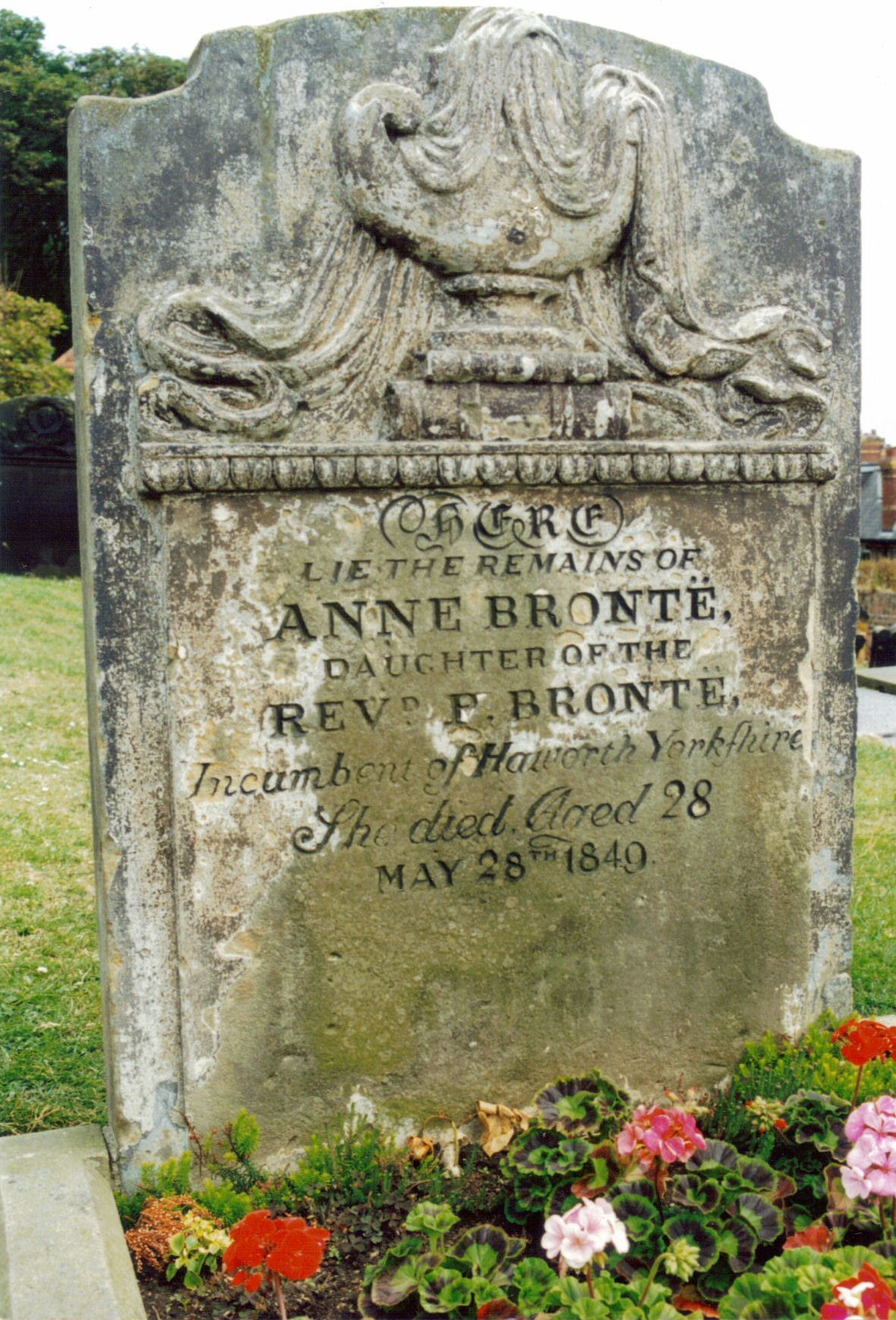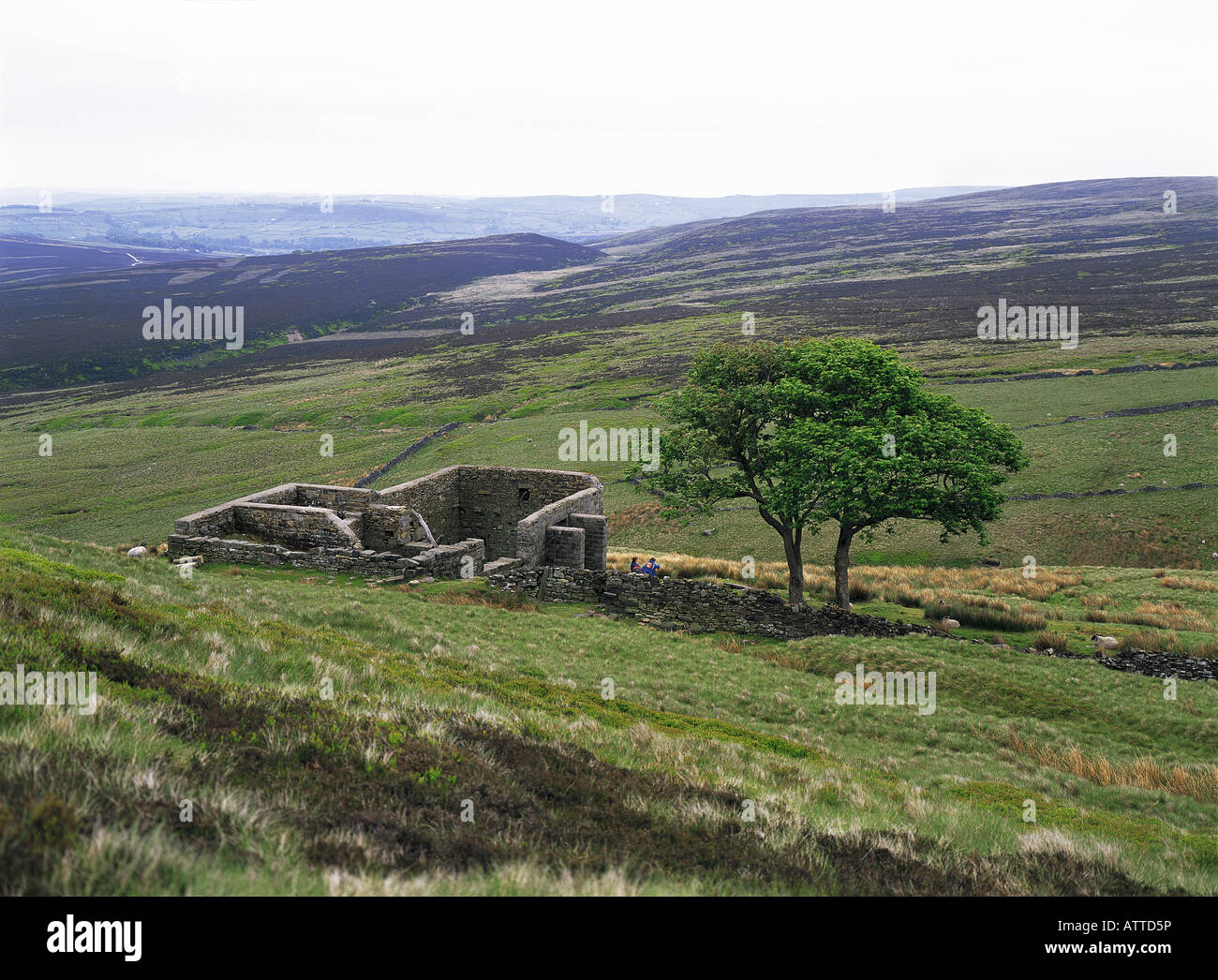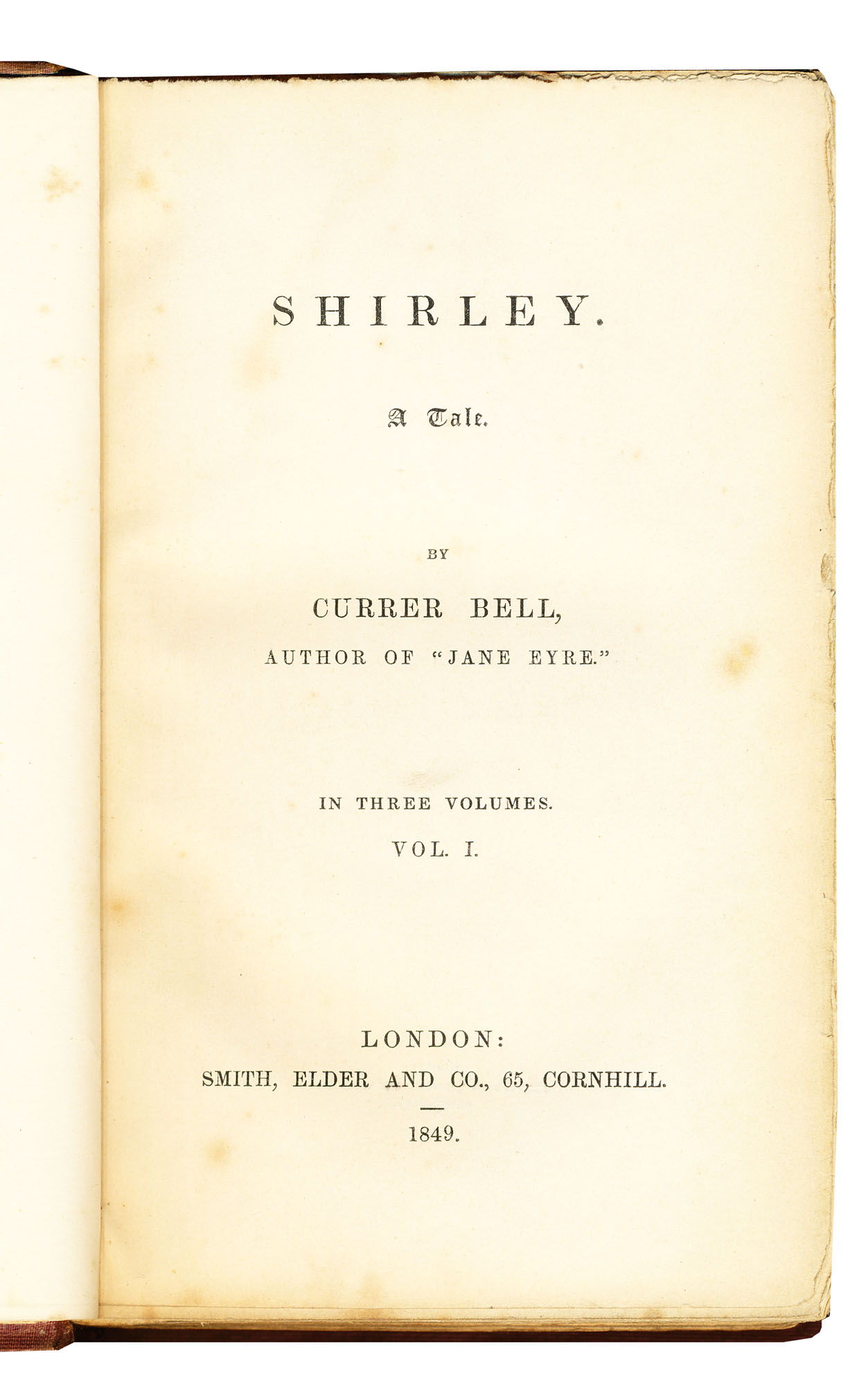

Martin 1966 delves into the tension between passion and reason throughout Brontë’s writings, while Miller 2003 dismantles the myths surrounding Brontë, and Kucich 1987 redefines the relationship between passion and repression in her works.ĭuthie, Enid L. Gezari 1992 interrogates the relationship between physical bodies and social discourses. Duthie 1975 similarly relies on biography to study the impact of Brussels on the novels.

Both Peschier 2005 and Thormählen 1999 consider how Brontë’s religion affects her novels, although Peschier provides more historical context. Eagleton 2005, on Marxism in Brontë, reads her novels through their depiction of class antagonism, while Glen 2004 historicizes her. Religion, passion, class, and postcolonialism are popular critical topics for each of Brontë’s works, as these representative general studies demonstrate. Brontë’s fiction is most noted for her portrayal of passion, her subversive commentaries on Victorian women’s roles, and her narrative innovation, although she also deals with issues of empire, class, education, gender, and religion. Nicholls, curate of Haworth, but she passed away the same year from pneumonia.

Yet her private life was full of sorrow: in 1848 she lost Branwell and Emily Anne died in 1849. She followed this success with Shirley in 1849 and Villette in 1853. Charlotte’s was Jane Eyre, an immediate sensation. Undaunted, the three women followed up with a novel each, all published in 1847, and all now classics. Brontë returned home in 1844, completing her first novel, The Professor (written 1845–1846, published posthumously in 1857), and publishing with her sisters Poems of Currer, Ellis, and Acton Bell (1846), which sold only two copies. Unhappy, she developed feelings for the married Heger (providing material for her later novels). In 1842 Charlotte and Emily traveled to Brussels to study at Constantin Heger’s boarding school there she was also later employed as a teacher. She continued her education at Roe Head School, where she made lifelong friends and later taught. Back home, Charlotte began writing tales about imaginary kingdoms with her younger siblings (Emily, Anne, and brother Branwell). In 1824 Charlotte, Emily, and their two older sisters, Maria and Elizabeth, went off to school at Cowan Bridge (later depicted as Lowood School in Jane Eyre) but were removed in less than one year because conditions at the school were hastening the tragic deaths of the older girls from tuberculosis. Patrick Brontë and Maria Branwell Brontë, Charlotte grew up the third of six children in Haworth Parsonage in Yorkshire, England.

1854) was the eldest of the three Brontë sisters (Charlotte, Emily, and Anne) whose books have been regarded as masterpieces of the English novel for over 160 years.


 0 kommentar(er)
0 kommentar(er)
